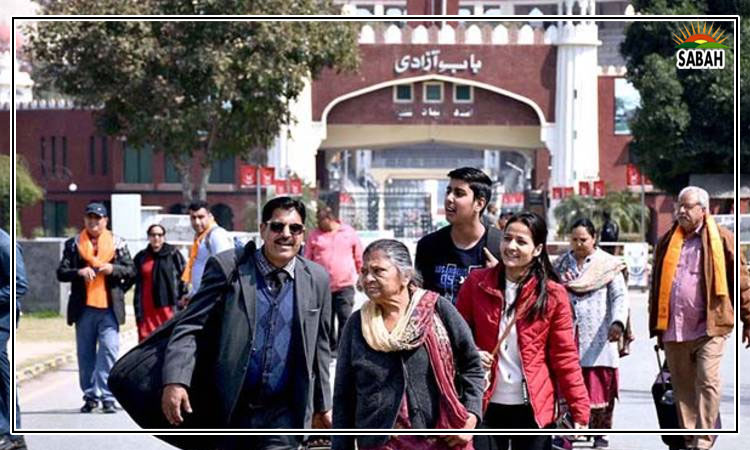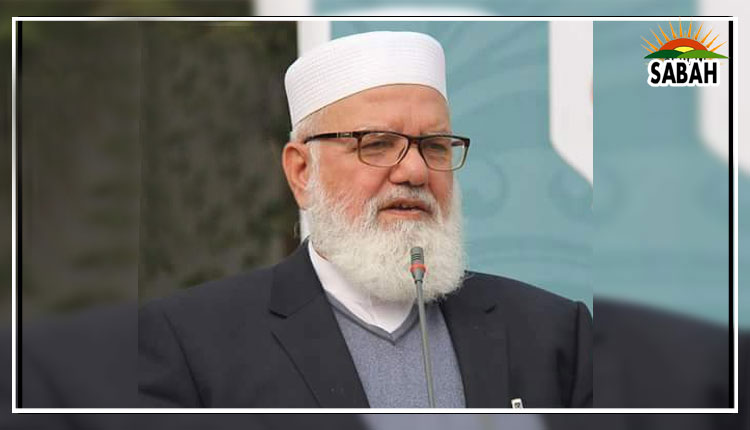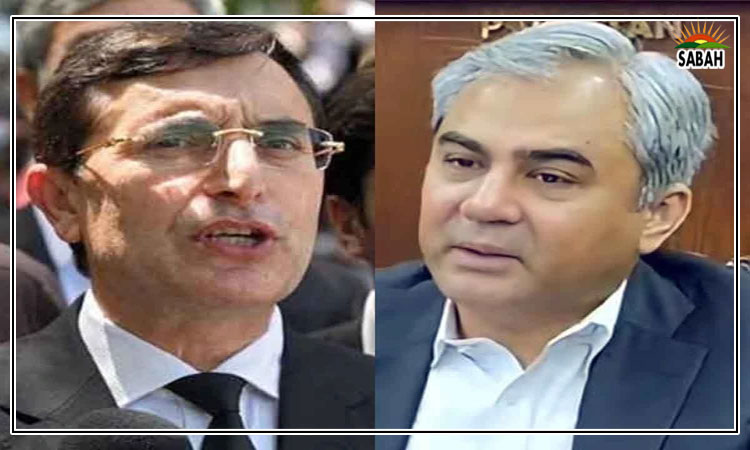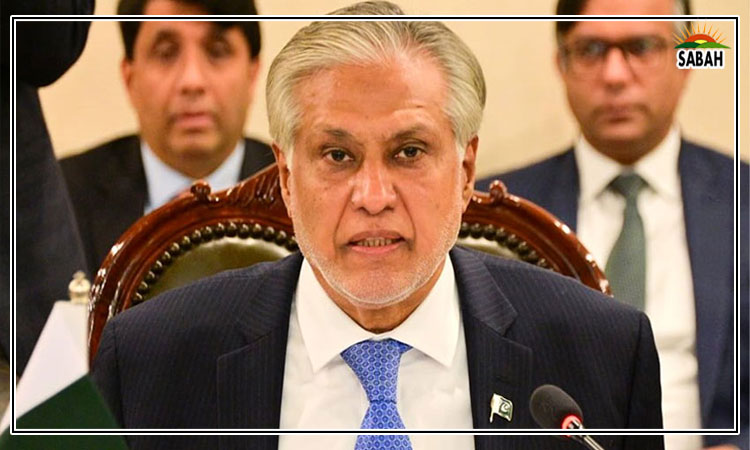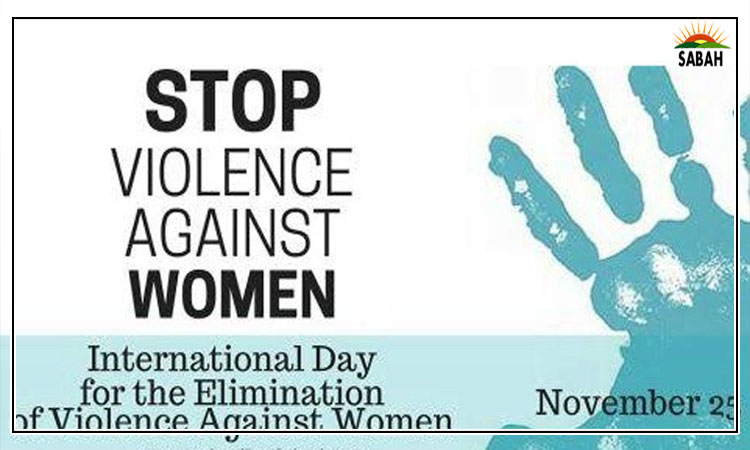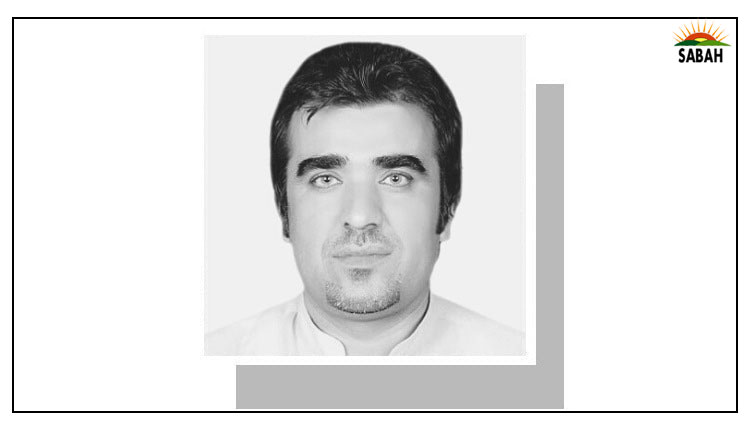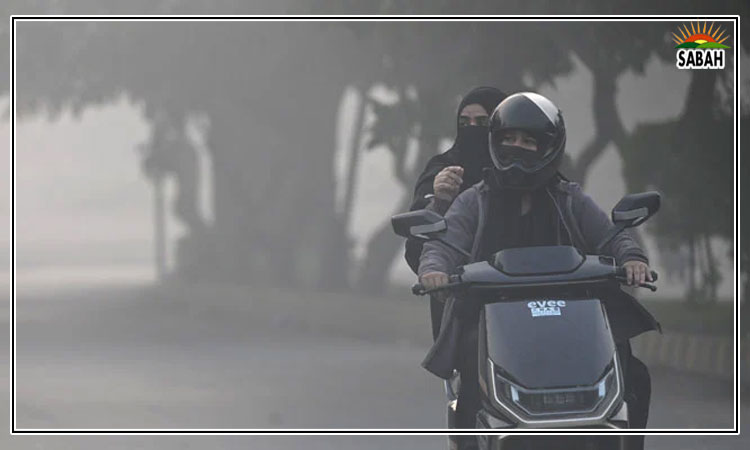A city struggling to survive…By Aima Khan
Lahore has long been renowned for its rich cultural heritage and architectural wonders. Home to over 14 million people, Lahore has always been celebrated as Pakistan’s historical, culinary, and cultural hub. However, the city now faces a crisis of unprecedented magnitude every year in the form of smog, which severely impacts its livability and its reputation as a vibrant metropolis.
High levels of air pollution turn Lahore’s skies grey, particularly during the winter months of October to January. A persistent layer of smog, comprising particulate matter, nitrogen dioxide, sulfur dioxide, and other harmful pollutants, blankets the city. This not only endangers public health by affecting respiratory functions but also reduces visibility and significantly diminishes the overall quality of life. The primary contributors to this environmental catastrophe include vehicular emissions, industrial waste, agricultural stubble burning, and rapid urbanisation. Together, these factors have placed Lahore among the world’s most polluted cities in recent years.
Lahore’s escalating smog problem is not just an environmental concern – it is a public health emergency and a glaring indication of the urgent need for long-term legislative solutions. The city’s dense population, unchecked industrialisation, and severe traffic congestion exacerbate the issue. Alarmingly, the air quality index (AQI) frequently surpasses 1,000 – a staggering figure considering that anything above 300 is classified as hazardous. Over the past few years, the 13 million inhabitants of Lahore have endured increasingly oppressive conditions during smog season, with devastating impacts on their health and daily lives.
This month, Lahore’s air quality has deteriorated to dangerous levels, with pollution consistently exceeding hazardous thresholds. According to reports, the city’s PM2.5 levels have surged to over 80 times the World Health Organization’s (WHO) safe limit. This has occasionally driven the AQI above 1,000, posing severe health risks to all residents, particularly those with pre-existing health conditions. The main culprits behind this crisis include seasonal crop burning, industrial emissions, and vehicular pollutants. To make matters worse, weather patterns during winter trap these pollutants near the ground, further aggravating the situation. According to live data compiled by IQAir, a Swiss climate monitoring group, New Delhi recently topped the list of the world’s most polluted cities with 585 micrograms of PM2.5 in the air, followed closely by Lahore, which recorded 240 micrograms of PM2.5.
The city’s condition the past few weeks can only be described as suffocating. A dense, toxic smog enveloped Lahore, severely disrupting daily life and placing an immense strain on healthcare services. Cases of respiratory and cardiovascular ailments have spiked sharply, overwhelming hospitals and clinics. In response, the government of Punjab implemented emergency measures, including restrictions on vehicle use and industrial emissions. Despite these efforts, the pollution levels this season have reached record highs, underlining the critical need for comprehensive, long-term solutions to combat Lahore’s worsening air quality.
As an immediate response to the crisis, the government of Punjab ordered the closure of all public and private schools and colleges, from elementary to upper secondary levels, in Lahore and other affected divisions such as Gujranwala, Faisalabad, and Multan. These institutions transitioned to online classes to shield students from the health hazards posed by the toxic air. While these measures aim to reduce exposure, they underscore the severity of the problem and the necessity for lasting environmental reforms.
The so-called ‘smart green lockdown’ was enforced in hotspot areas to mitigate health risks. This initiative includes prohibitions on heavy vehicles, motorbike rickshaws, and motorbike parking in highly polluted zones. Citizens have been advised to wear masks outdoors and limit their movements. However, questions remain about the sustainability of such temporary measures. While they aim to curtail immediate exposure to hazardous air, the root causes of Lahore’s pollution crisis – crop burning, industrial emissions, and unregulated urbanization – persist, particularly during the winter months when weather conditions exacerbate pollution levels.
The shift to online education during this environmental emergency has exposed significant challenges, particularly for students from disadvantaged backgrounds. The digital divide in Pakistan remains a formidable barrier, as many households, especially in rural areas, lack the necessary resources, such as reliable internet connectivity and appropriate devices, to facilitate online learning. Power outages in some regions further compound these difficulties, leaving countless students unable to participate in virtual classes effectively.
Pakistan’s struggles with online education are not new. During the Covid-19 pandemic, the country’s education system, already fragile, was ill-equipped to handle the abrupt transition to remote learning. Millions of students, particularly those in rural areas, were excluded from online classes due to a lack of internet access and digital devices. This digital divide has only grown more pronounced in the current smog crisis, as students from underprivileged backgrounds face insurmountable challenges in accessing quality education.
The disparity is further exacerbated by the lack of training for teachers in digital teaching methods. Many educators, particularly those in rural areas, are unfamiliar with online learning tools and techniques, which diminishes the effectiveness of virtual classrooms. Even in urban areas where internet access is more widespread, the quality of online education often falls short due to inconsistent teaching practices and limited interaction between teachers and students. These shortcomings have widened the educational gap between socioeconomic classes, leaving many students at a significant disadvantage.
Addressing Pakistan’s digital education challenges requires a holistic and sustainable approach. Strengthening the country’s digital infrastructure is a crucial first step. Reliable internet connectivity, stable electricity, and affordable access to devices must be prioritised, particularly in underserved rural areas. Collaborative efforts between the government and telecom companies could expand internet coverage and provide low-cost devices and data plans, enabling more students to access online learning opportunities.
Educational content must also be tailored to meet the needs of students with limited connectivity. Low-bandwidth resources, such as pre-recorded lectures, digital notes, and offline-accessible materials, can bridge the gap for students who struggle with real-time streaming. Offline resources available on mobile devices could be transformative for students in remote areas, ensuring they have access to essential learning materials regardless of internet availability.
Teacher training is another critical component in improving the quality of online education. Professional development programs focused on digital literacy and online engagement strategies can equip educators with the skills needed to create dynamic and effective virtual classrooms. Teachers trained in the use of digital tools will be better prepared to engage students and adapt to future disruptions, whether caused by environmental crises or other emergencies.
The ongoing smog crisis in Lahore has forced a temporary shift to online learning as a means of protecting students from hazardous air quality. However, this transition has highlighted significant weaknesses in Pakistan’s education system, particularly the digital divide and the lack of infrastructure to support effective remote learning. Addressing these challenges requires a concerted effort to develop long-term solutions that prioritise both education and environmental sustainability.
Beyond the immediate challenges of education, the smog crisis underscores the urgent need for comprehensive policies to combat air pollution. Legislative reforms must include stricter emission regulations for industries and vehicles, incentives for clean energy adoption, and effective waste management systems. Public awareness campaigns can also play a vital role in encouraging environmentally responsible behavior among citizens.
Lahore’s battle against smog is a stark reminder of the broader environmental challenges facing Pakistan. As the city grapples with toxic air, its residents are bearing the brunt of years of unchecked urbanisation and inadequate environmental oversight. The need for decisive action has never been more critical. By investing in sustainable solutions – both for education and the environment – Pakistan can build a future where its cities are livable, its children are educated, and its citizens can breathe freely once again.



